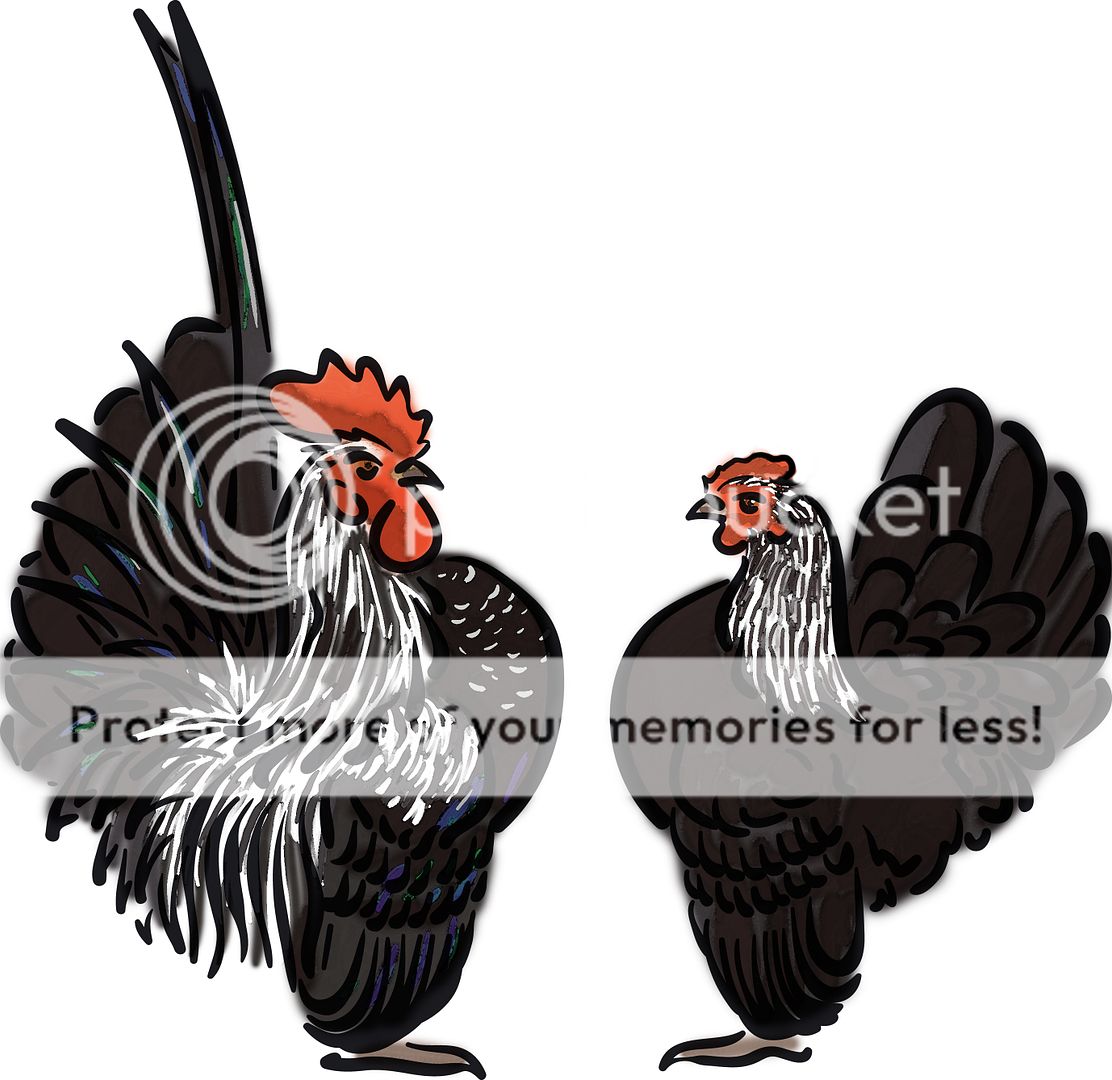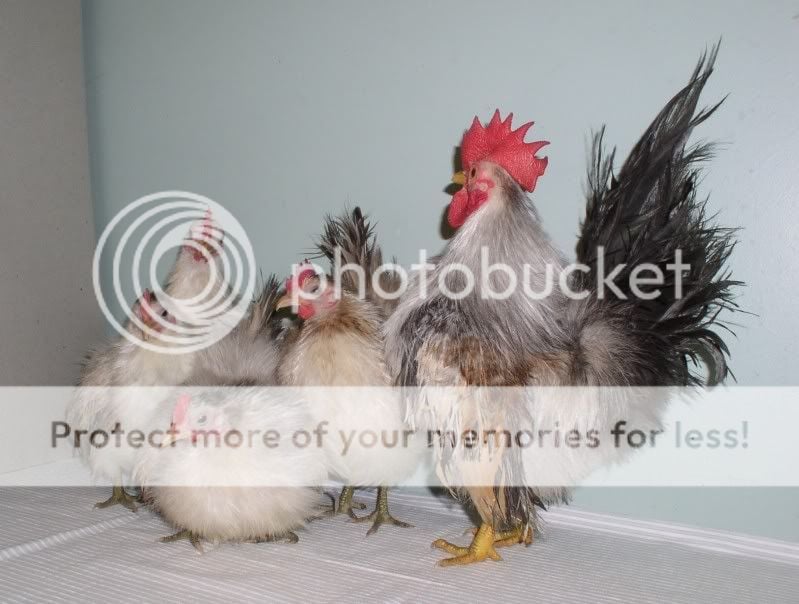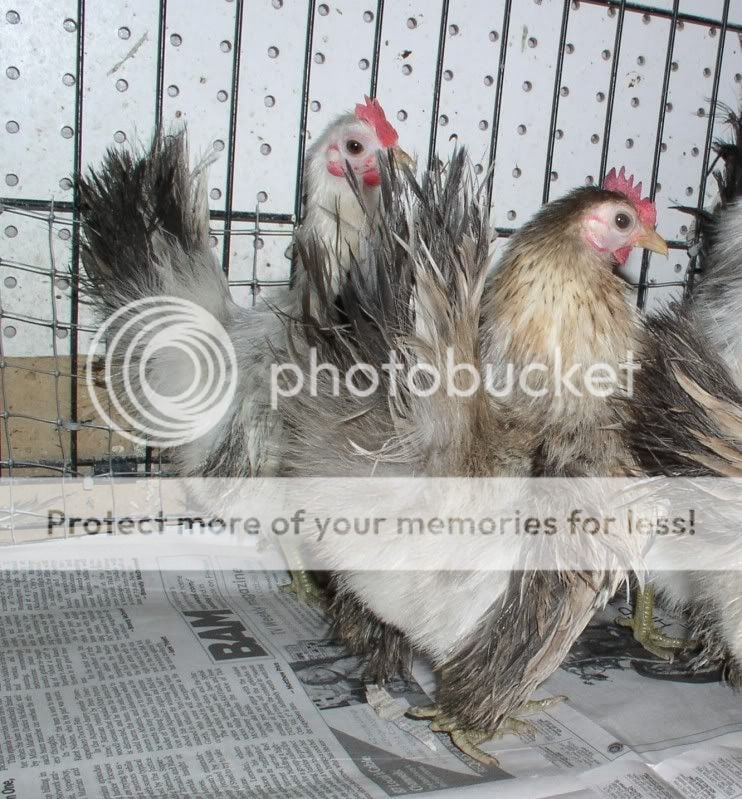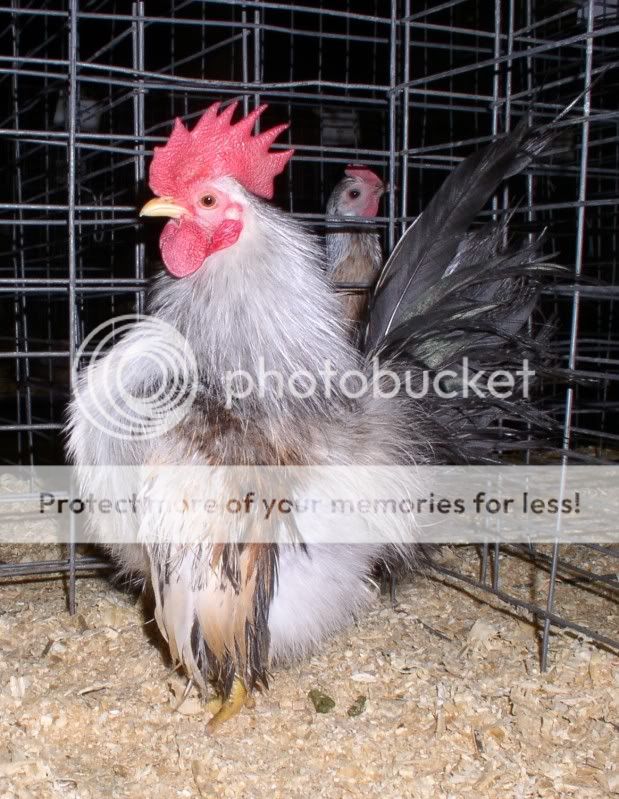A new type sweeping across North America
Bred for table top competion
Smaller than the American, no color restrictions
Serama as they arrived from Malaysia
Bred for table top competion
Smaller than the American, no color restrictions
Serama as they arrived from Malaysia









